Recommended parameters for hand flushing of washed Yega Coffee beans the flavor characteristics of washed Kochel coffee beans
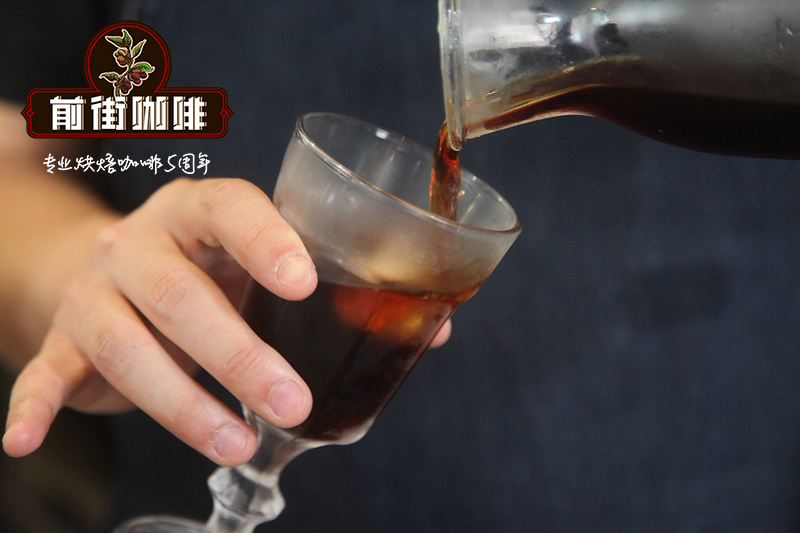
Professional coffee knowledge exchange more coffee bean information please follow the coffee workshop (Wechat official account cafe_style)
Flavor description:
With jasmine aromas, lemon, citrus acidity and melon sweetness, balanced soft acidity and sweet fruit aromas
Aung, smooth, full, strong aftertaste, pure, sweet, juicy coffee.
Cochel has advanced equipment so that the raw beans of Yega Xuefei coffee in this producing area can be 'washed' to properly deal with the high-quality and clean performance, coupled with the unique citrus aroma of the Yega Xuefei producing area, the aroma of the flowers is quite full.
In 2013, Cochell will select raw beans more finely and sell them to the G1 level.
Present a score of 94 points scored by Coffee Review
Highlight the importance of Kochel in the Yega Sheffield market.

Yirgacheffe has been one of the well-known coffee producing areas in Ethiopia since 1970, because of its unique floral and citrus flavor. Located in southern Ethiopia, Yegashafi grows Arabica coffee beans, which are famous for their floral and fruit flavors.
Ethiopia is the birthplace of Arabica coffee and has the most diverse variety on earth. The main producing areas are Sidama, Yirgacheffe, Kochere, Harar, and Djimmah (there are many different spellings of English place names in Ethiopia).
Sidamo, Yega Xuefei, and Kochare are the main producing areas of fine washed beans. The best-known Yegashifi is a small city north of Sidamo, with an average elevation of between 1850 and 2400 and an average annual rainfall of 1300mm. Because of its unique geographical environment and special flavor, it is independent from the Sidamo producing area. Yejashafi coffee beans are famous for their perfume, jasmine and citrus features. Sun Yega Chevy coffee beans have a strawberry and creamy taste, while Hara / Sidamo has a wild blueberry flavor.
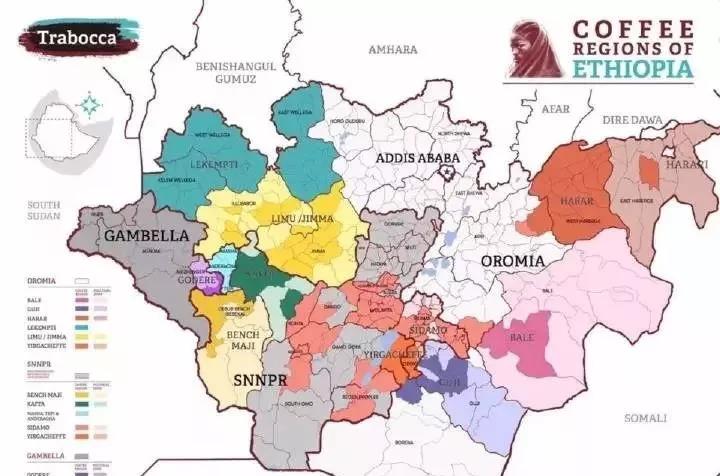
Kochare is a small producing area about 25 kilometers southwest of Yegashafi, where there are about 10000 coffee farmers. Most of the residents' income is mainly harvested coffee, and the coffee varieties harvested are Herilooms with a long history. Because this producing area has more advanced raw bean processing equipment, it has excellent performance in flavor.
Hara is located in the plateau region of eastern Ethiopia, because it is remote, backward and located in the tropical dry climate, so it mainly adopts traditional manual and drying methods.
In addition to the above major regions, the following items are also commonly seen in the market:
Limu and Djimmah. In Western Ethiopia, "Limu" stands for washed coffee and "Djimmah" for the sun-drying process.
Lekempti,Wellega and Gimbi this area of western Ethiopia is very different from the traditional washed Yegashafi. The coffee here is a sweeter fruit flavor, and the citric acid is less obvious.
Ethiopia is the country best at handling coffee in the sun, but in the early days, due to the less stringent requirements of customers and the low level of knowledge of farmers, except for the relatively affluent areas (such as the Sidamo area), most of them are directly exposed to coffee fruits in the grain drying field, resulting in uneven quality of sun-dried beans, and batches with good sun exposure can be amazing. The batches with poor sun exposure are disgusting. In the past, when defective beans were graded according to the proportion of defective beans, the grades of washed raw beans were G1 and G2, and those of sun-dried beans were from G3 to G5. But since 2008, the Ethiopian government has set up an Ethiopia Commodity Exchange (ECX) system, where raw coffee beans from various producing areas are processed and sent to this unit, which is then subdivided by cup testing. Today, Ethiopian sun-dried beans also have a G1 grade.
In general, the planting area of small coffee farmers in Ethiopia is less than one hectare, and exporters invest in sun-drying or washing plants to purchase raw beans from small farmers for centralized shipment. There are also production cooperatives jointly formed by regional small farmers to jointly invest in tanning or washing plants. Famous processing plants include Aricha (Aretha), Beloya (Biloya), Chuchu (chirp), Domerso (Dumeso), Gotiiti (Guotintin), Shakisso (Shaquisol) and Wenago (Venago), all of which are common coffee names.
In recent years, due to the global prevalence of boutique coffee, traceability management and advanced agricultural technology, many Ethiopian sun treatment plants have more stringent requirements on the work quality of pickers and improve the quality of sun scaffolding. Ethiopian sun-tanned coffee is extremely cheap and delicious, which is a blessing for coffee lovers!
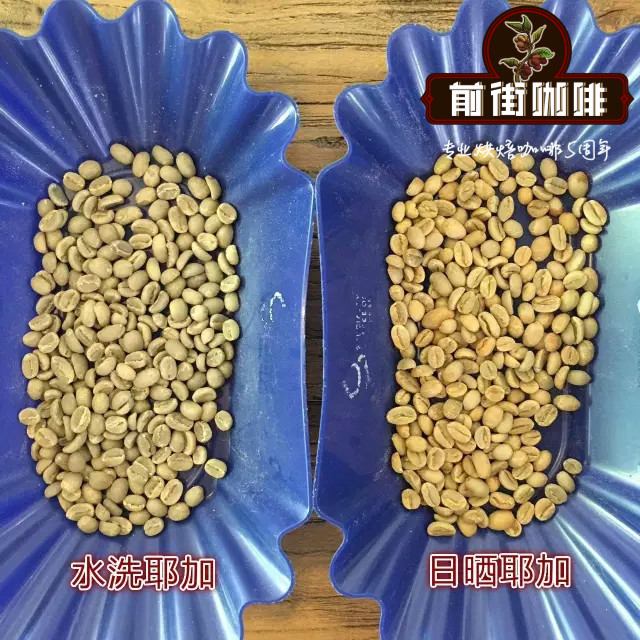
Qianjie Coffee suggests how to make Yega Sheffield Coffee [washing Cochari]?
Qianjie Coffee hand reference: weigh 15g of [washing Kechari] coffee powder, pour it into a grinder to grind moderately, the ground particles are slightly thicker than salt, Qianjie coffee is calibrated with BG bean grinder 5R (standard sieve pass rate 60%), water temperature 90 degrees, V60 filter cup extraction.
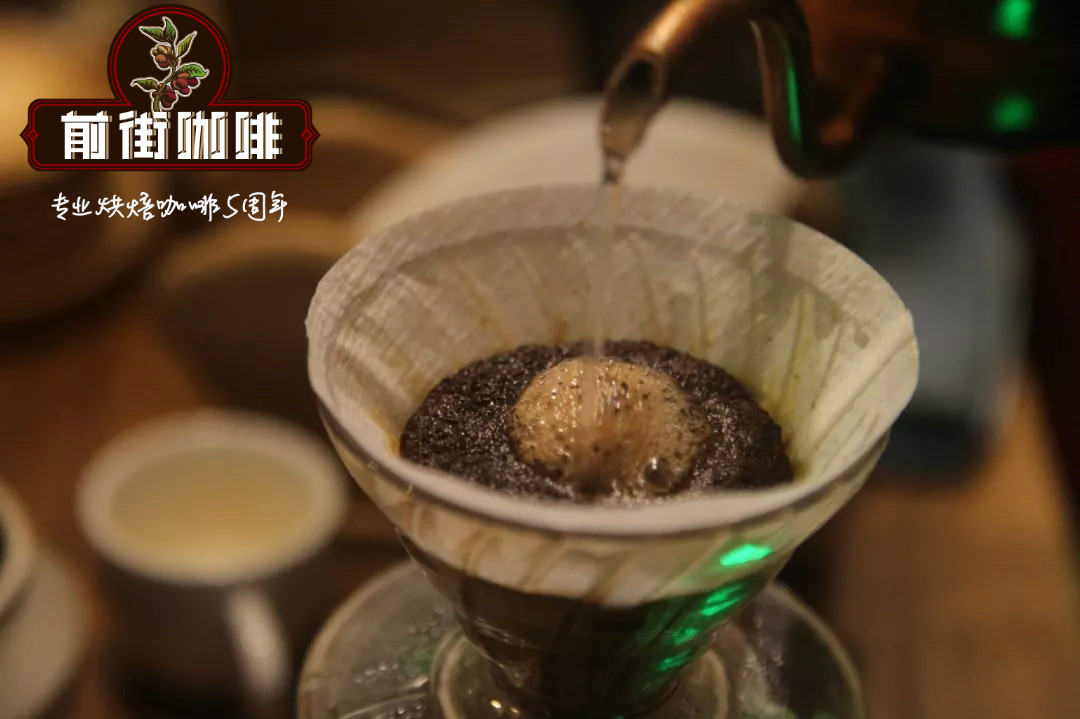
The hot water in the hand flushing pot draws a circle clockwise with the center of the filter cup. Start the time when brewing, brew the coffee to 30g in 15 seconds, then stop the water injection, and when the time is up to 1 minute, the second water injection. The second water injection is the same as before, draw a circle clockwise with the center of the filter cup, and the water flow should not rush to the place where the coffee powder is connected with the filter paper, so as not to produce channel effect.
Coffee powder to the outermost circle to set aside a circle, and then another circle to the middle, 2 minutes 20 seconds, to the coffee to 220g, brewing coffee is finished.
| Japanese style Ice hand Flushing [washing Kechari]
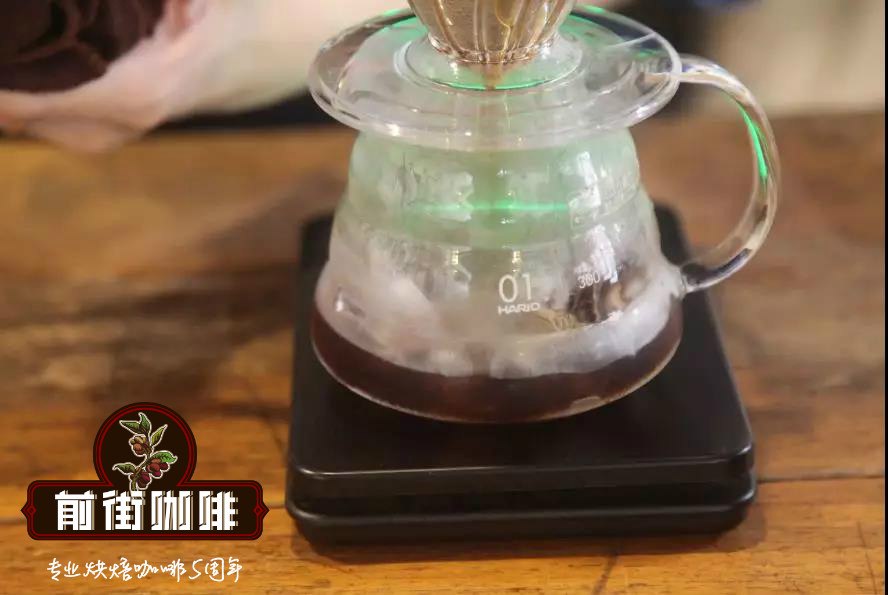
Qianjie coffee ice hand flushing [washing Cochari] reference:
Yega Chuefei Coffee [washing Cochari], light medium baking, BG bean grinder scale 5m (standard sieve pass rate 67%)
20 grams of powder, 150 grams of ice, 150 grams of hot water. The water temperature is 91 ℃ higher than the recommended normal hand flush, then 1 ℃ higher, normal grinding small Fuji 3.5 scale, ice hand flushing is slightly thinner half grid-small Fuji 3 scale.
The amount of steaming water is 40 grams and the steaming time is 30 seconds.
Water injection by stages, 60 grams of water in the first section and 40 grams of water in the second section. Use a thin but high water injection column and stir hard to make the coffee powder fully tumble, but be careful that the water level is not too high and do not rush to the edge of the filter paper.
The whole extraction time is about two and a half minutes (close to the normal extraction time of 20 grams of powder).

END
Important Notice :
前街咖啡 FrontStreet Coffee has moved to new addredd:
FrontStreet Coffee Address: 315,Donghua East Road,GuangZhou
Tel:020 38364473
- Prev

Wash Yega Shirley Fisher Coffee Coffee beans hand flush flavor description _ how does Kochell coffee taste good?
For more information on coffee beans, please follow the Coffee Workshop (Wechat official account cafe_style). This Yega Xuefei coffee is harvested manually from the Chelelektu processing station in the town of Kochere, an area of Gedeo in southern Ethiopia. The Gedeo district is named after the indigenous Gedeo people of the area. Kirchell (K
- Next
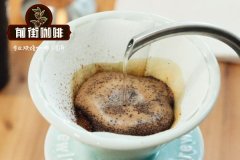
Blueberry perfume Yega Sheffield Saints processing Station how to make Red Cherry Coffee _ Blueberry Perfume hand flushing course
Professional Coffee knowledge Exchange more information on coffee beans Please follow the coffee workshop (Wechat official account cafe_style) today to bring you a sun Yega Chuefei coffee, this bean belongs to the all-red fruit G1 quality, it also has a very nice name blueberry perfume. Through the flavor card, we can see that this bean is from the Yega Schiffe producing area in Ethiopia.
Related
- Detailed explanation of Jadeite planting Land in Panamanian Jadeite Manor introduction to the grading system of Jadeite competitive bidding, Red bid, Green bid and Rose Summer
- Story of Coffee planting in Brenka region of Costa Rica Stonehenge Manor anaerobic heavy honey treatment of flavor mouth
- What's on the barrel of Blue Mountain Coffee beans?
- Can American coffee also pull flowers? How to use hot American style to pull out a good-looking pattern?
- Can you make a cold extract with coffee beans? What is the right proportion for cold-extracted coffee formula?
- Indonesian PWN Gold Mandrine Coffee Origin Features Flavor How to Chong? Mandolin coffee is American.
- A brief introduction to the flavor characteristics of Brazilian yellow bourbon coffee beans
- What is the effect of different water quality on the flavor of cold-extracted coffee? What kind of water is best for brewing coffee?
- Why do you think of Rose Summer whenever you mention Panamanian coffee?
- Introduction to the characteristics of authentic blue mountain coffee bean producing areas? What is the CIB Coffee Authority in Jamaica?

